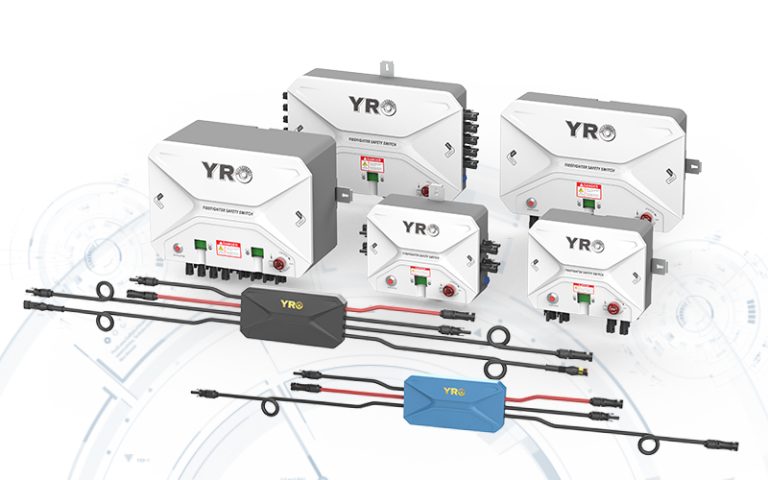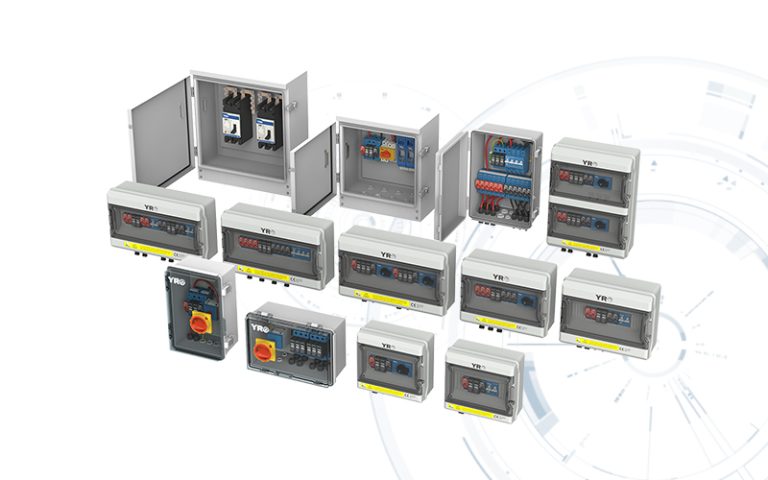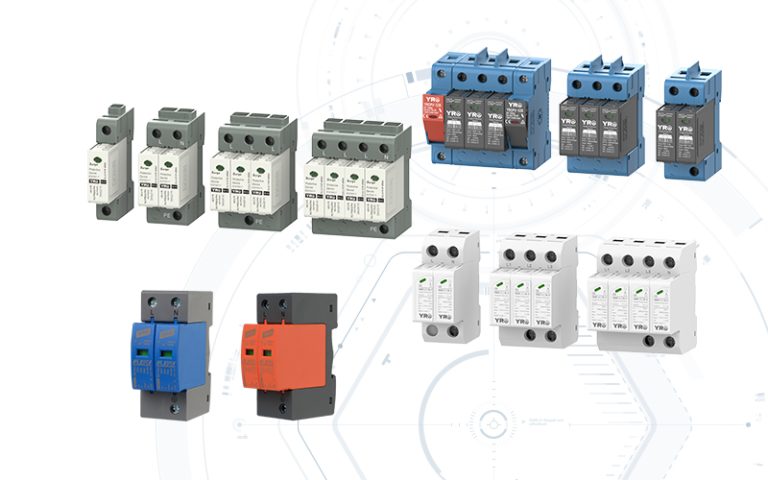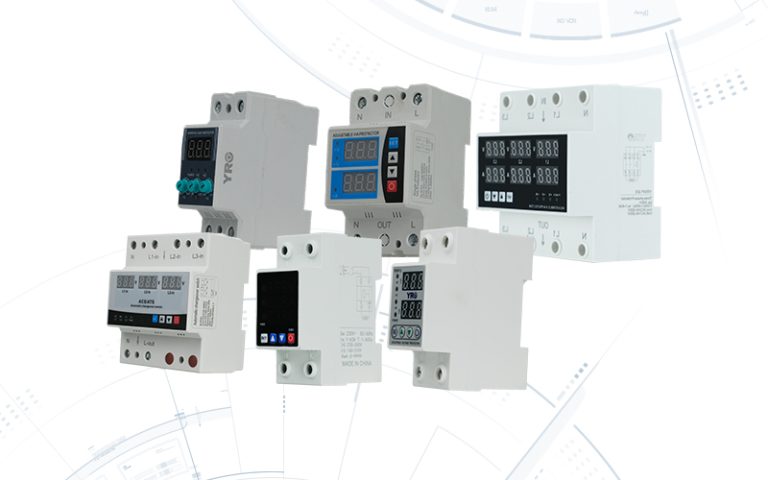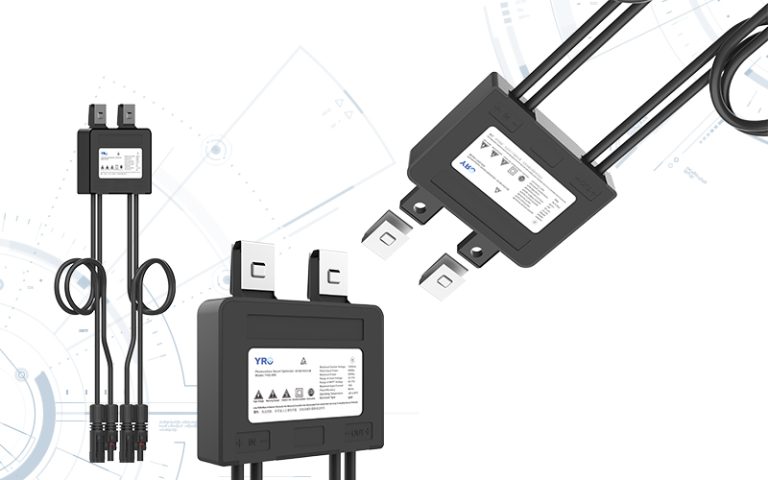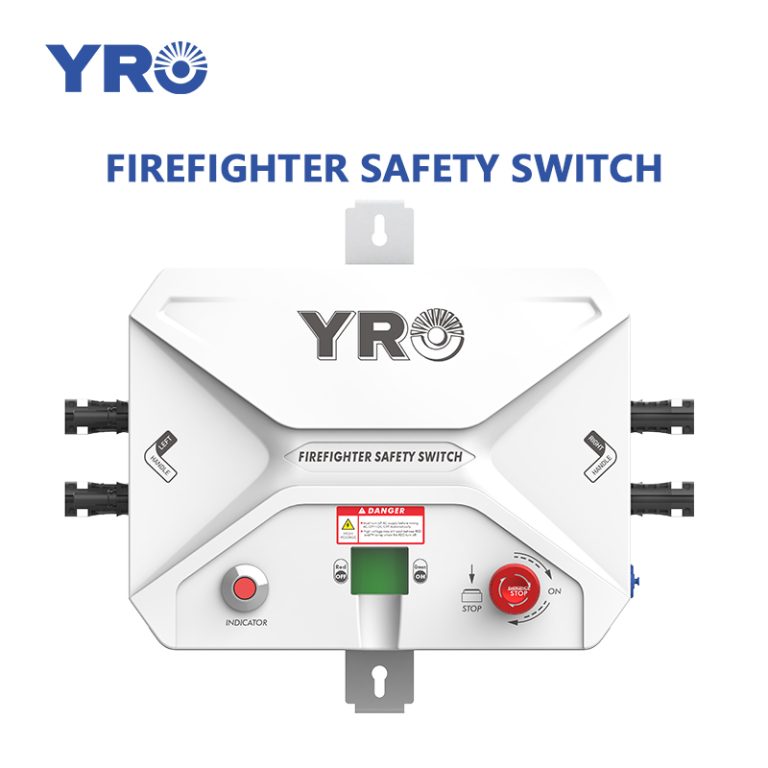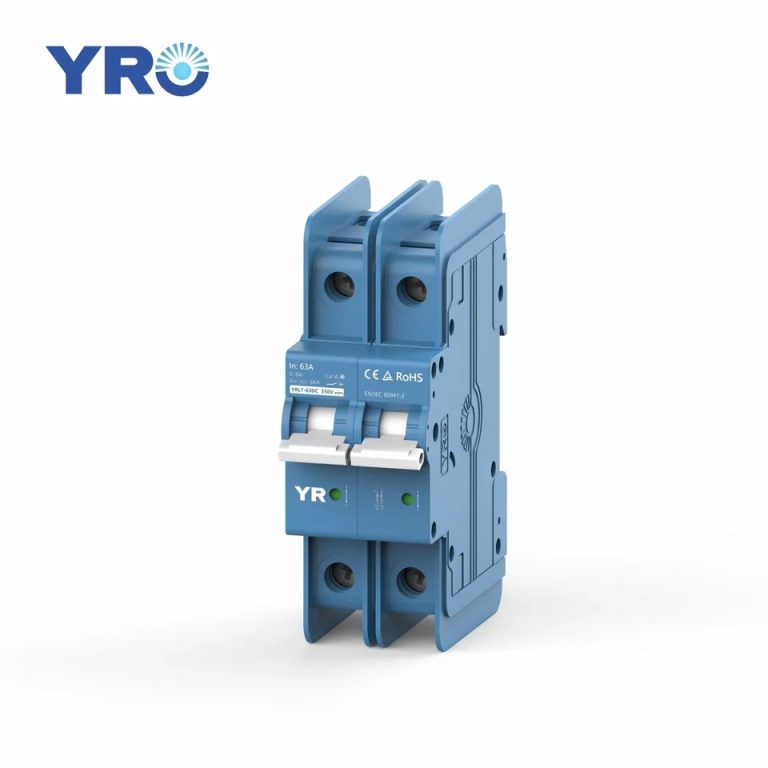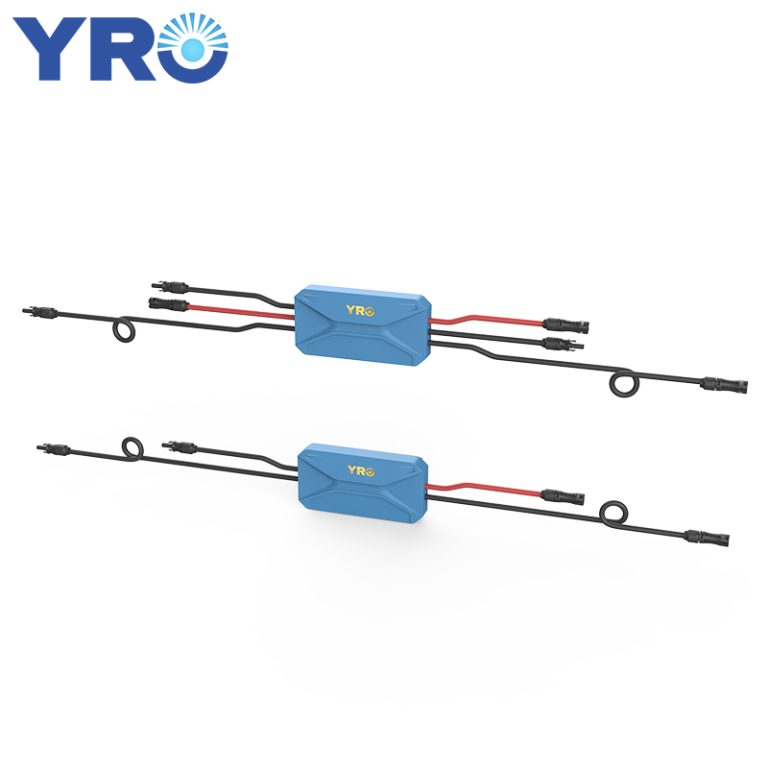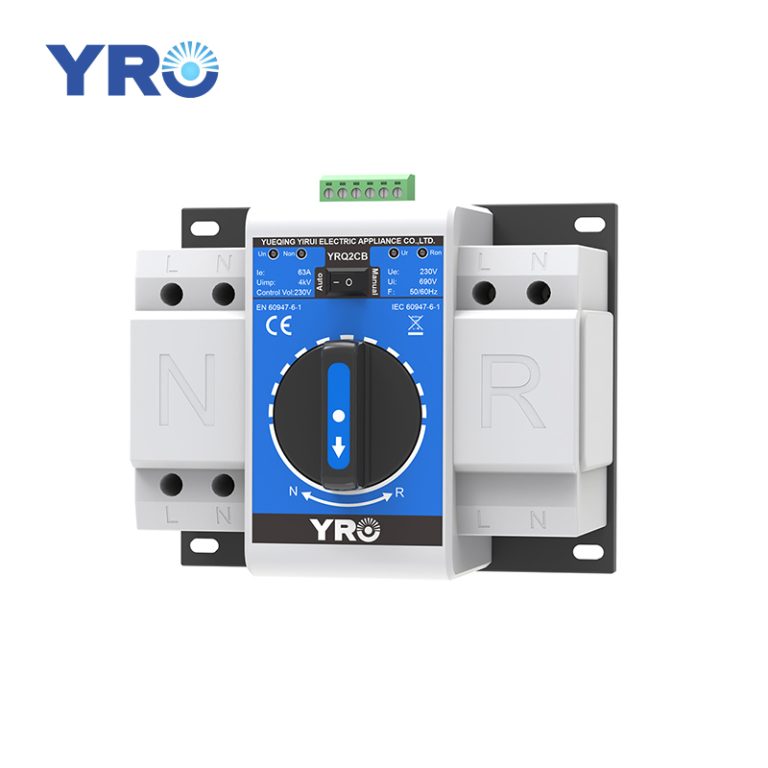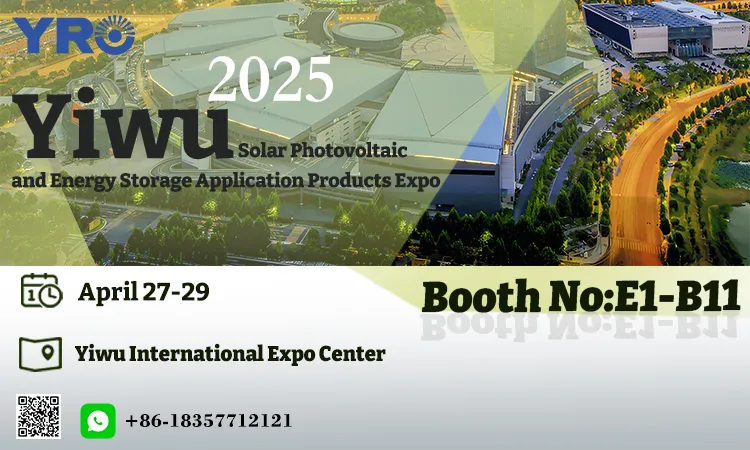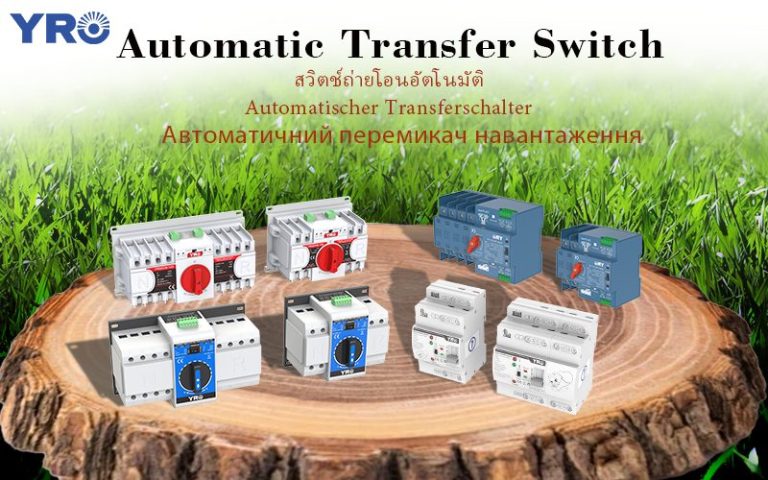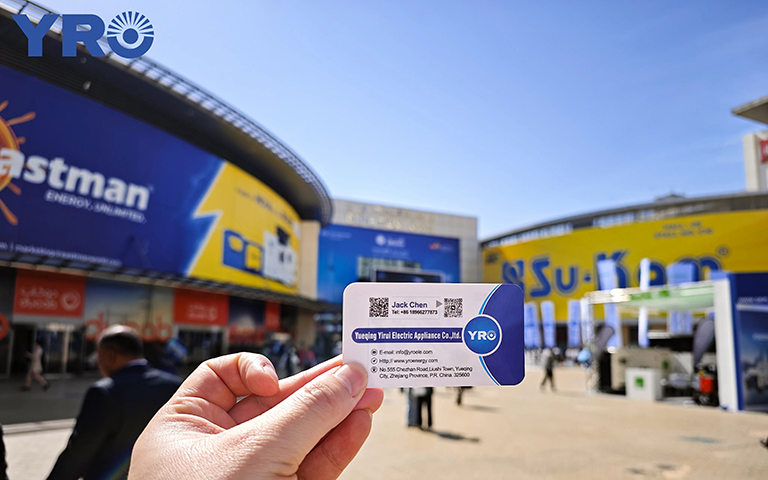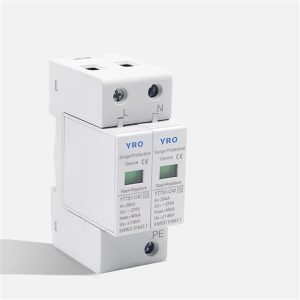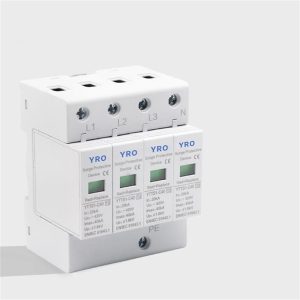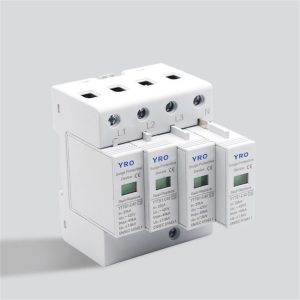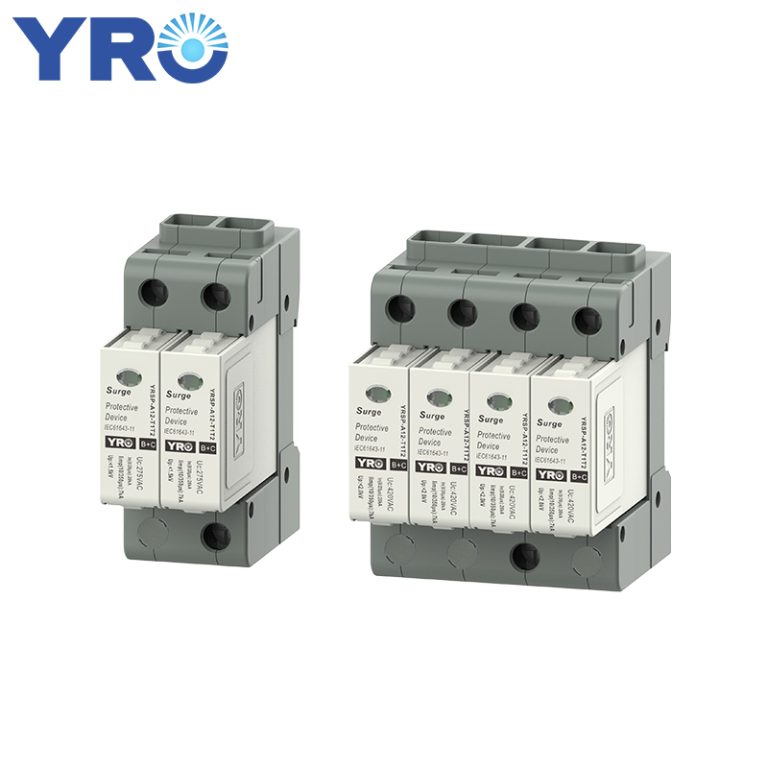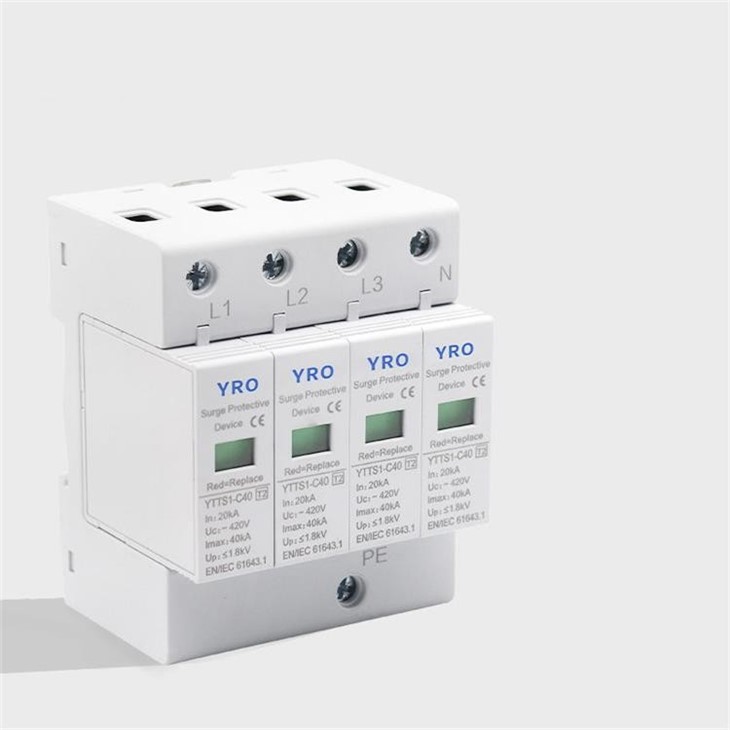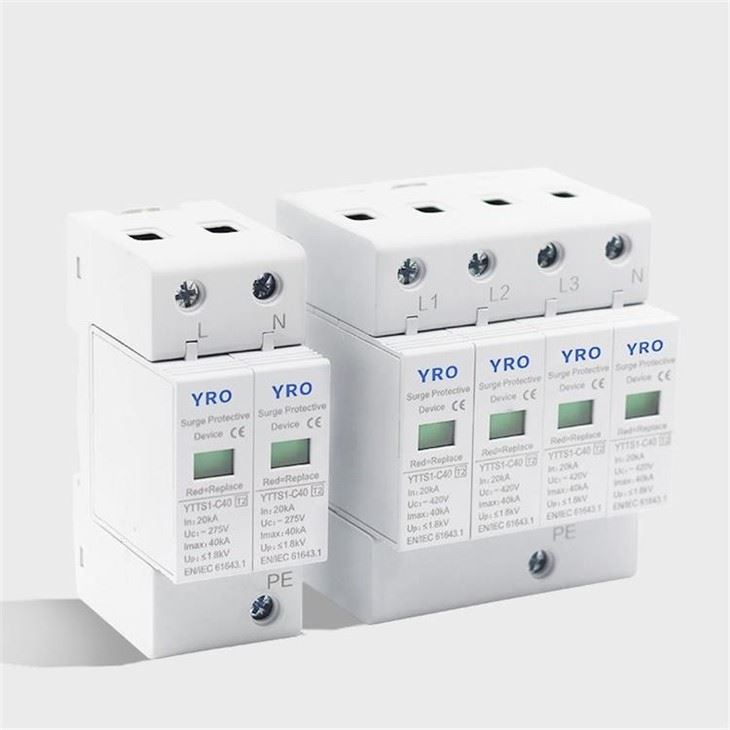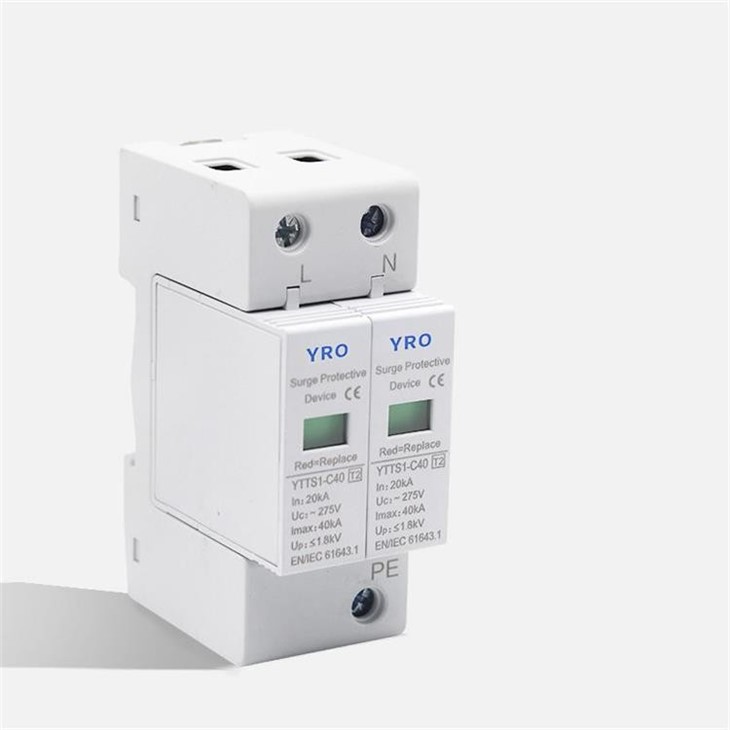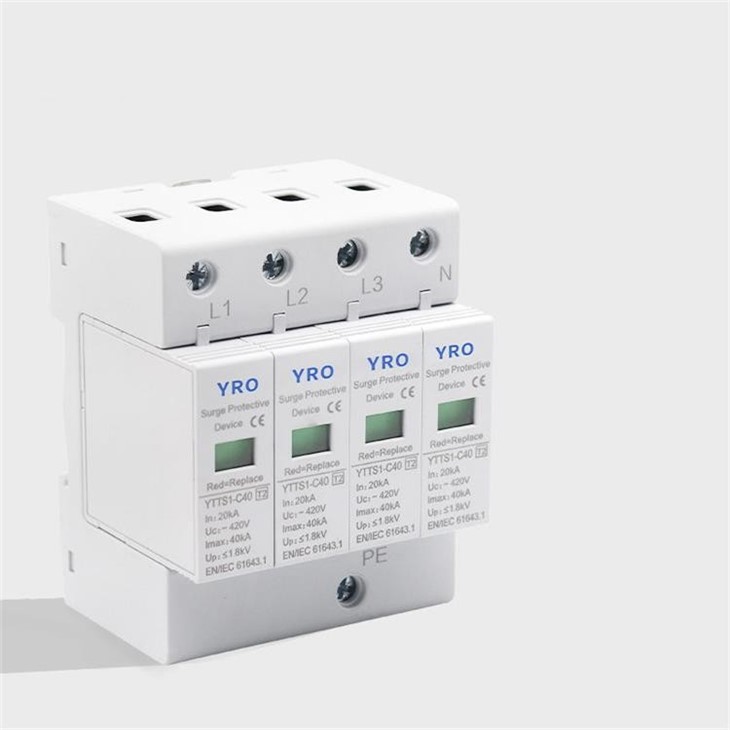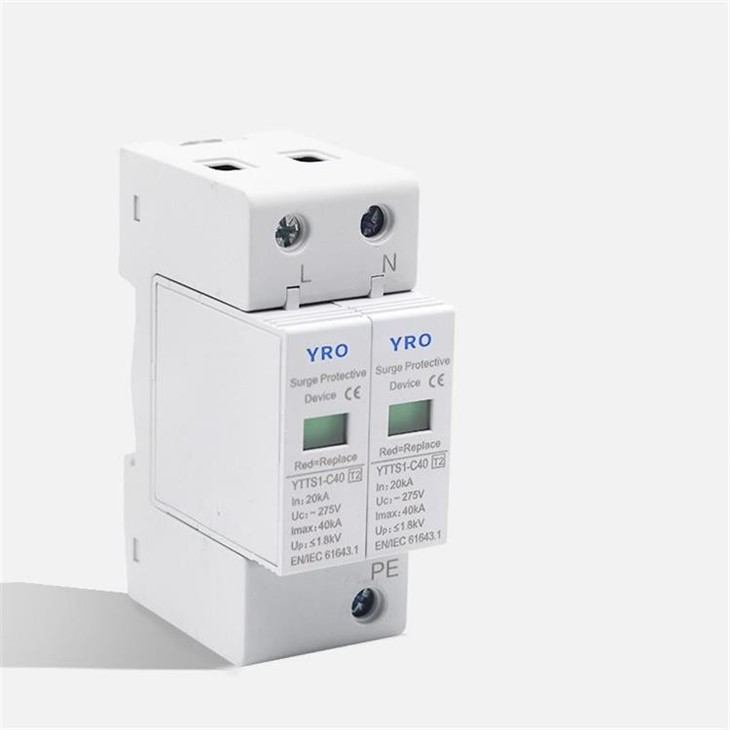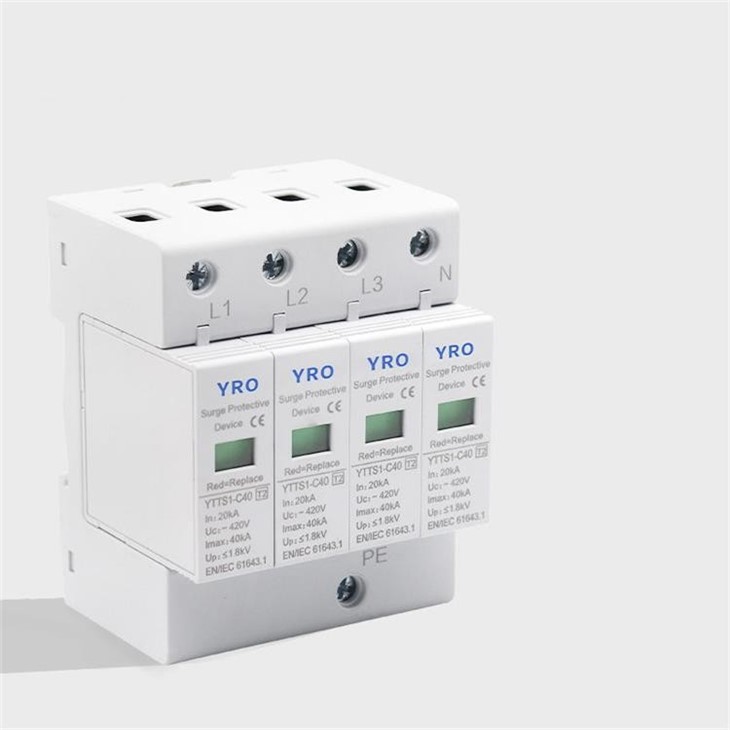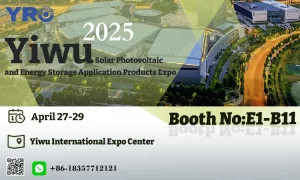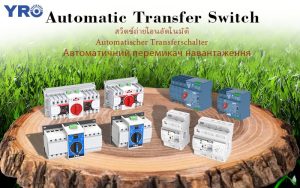Surge protective device (SPD) is an indispensable device in the lightning protection of electronic equipment. Its working principle is that under normal conditions, the SPD is in a state of high resistance, so as to ensure the normal operation of the power system; when the power system with the surge current and voltage step by step increase, the resistance of SPD continues to drop, SPD immediately turns on in nanosecond level time, and the surge energy will be turned on It is discharged into the earth through SPD; after the surge, the surge protector quickly returns to the high resistance state, which does not affect the normal operation of the system.
Product Specification
|
Rated Voltage(max. continous voltage) |
Uc |
275V~ |
|
Nominal discharge current(8/20μs) |
In |
20kA |
|
Max. discharge current(10/350μs) |
Imax |
40kA |
|
voltage protection level |
Up |
≤1.8kV |
|
Response time |
tA |
≤25ns(L-N) |
|
Max.Back up fuse |
|
125AgL/gG |
|
Operating Temperature range |
Tu |
-40~80℃ |
|
Cross-sectional area |
|
1.5mm²~25mm² solid/35mm²flexible |
|
Mounting on |
|
35 DIN rail |
|
Enclosure material |
|
Purple module & light gray,UL94-V0 |
|
Dimension |
|
4mods |
|
Type of remote signaling capacity |
|
Switching contact |
|
Switching Capacity |
|
AC:250V/0.5A; DC:250V/0.1A; 125V/0.2A; 75V/0.5A |
|
Cross sectional area for temote signaling contact |
|
Max.1.5mm² solid/flexible |
|
Test standards |
|
GB 18802.1; IEC 61643-1 |
Product Features
1. It is suitable for power supply protection of distribution room, distribution cabinet, switch cabinet, AC / DC distribution panel and other systems
2. SPD is one port, anti electric shock protection, indoor fixed installation, voltage limiting type.
3. SPD built-in disengager, when SPD due to overheating, breakdown failure, disengager can automatically from the grid, and give the indication signal. When SPD is working normally, the visual window will display green, and red will be displayed after failure separation.
4. 1p + N, 2p + N, 3P + n SPD consists of 1p, 2p, 3P SPD + NPE zero ground protection module, which is applied to TN-S, TN-C-S and other power supply systems.











Protection of your sales area, ideas of design and all your private information.
Provide solutions and high quality products
Streamline the buying and paying processes
Deliver the goods to our customers all over the world with speed and precision


The company has always adhered to the tenet of “customer first, quality first”. According to different needs of users, from scheme design, system implementation, after-sales maintenance to technical training, every detail in the process is provided with comprehensive, meticulous and professional “whole process service” by our senior engineers according to the complete project management system required by ISO9001, so as to create excellent engineering quality With reliable guarantee, the demand of users is always the goal and eternal power of all colleagues in the company.

FAQ
Q1: What can you not put in a surge protector?
A1: Rule two: never plug high power capacity appliances, like space heaters, refrigerators, or microwave and toaster ovens into power strips or extension cords. These appliances have higher power capacity and need to be plugged into a wall outlet directly. Rule number three: always plug power strips directly into the wall.
Q2: Can you put 2 surge protectors into same outlet?
A2: Another way power strips may experience a power overload is when two power strips that are used by multiple devices at a time are plugged into the same wall outlet. It is typically okay to use more than one power strip in a room. However, be sure to use completely different outlets.
Q3: Can you overload a surge protector?
A3: Multiple outlet power strips (surge protectors, temporary power taps, plug strips, etc.) DO NOT exceed the load (ampacity) rating of the power strip. … Most 120-volt power strips are rated at a maximum cord and plug load of 12 amps.
Q4: How often should a whole house surge protector be replaced?
A4: Yep, that’s right: Surge protectors don’t last forever. Most estimates put the average lifespan of a surge protector at three to five years. And if your home is subject to frequent brownouts or blackouts, you might want to replace your surge protectors as often as every two years.
Q5: When should a whole house surge protector be replaced?
A5: That said, our professional advice is to replace your surge protectors every 2 years.


